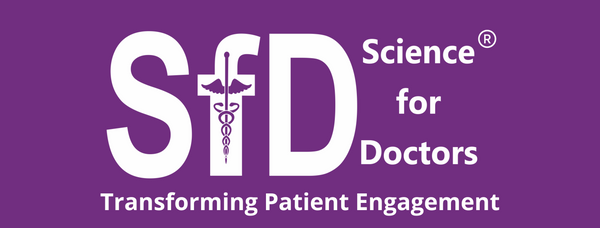
Pediatric Asthma: A Comprehensive Guide for Parents and Caregivers
Share
Asthma is one of the most common chronic conditions affecting children worldwide. Pediatric asthma, characterized by inflammation and narrowing of the airways, can significantly impact a child's quality of life. However, with proper management, children with asthma can lead active and healthy lives. This blog aims to provide a detailed overview of pediatric asthma, its symptoms, triggers, diagnosis, and management strategies.
What is Pediatric Asthma?
Pediatric asthma is a chronic condition in which the airways in a child’s lungs become inflamed and overly sensitive to various triggers. This inflammation causes difficulty in breathing, wheezing, and coughing. While asthma can manifest at any age, it is particularly concerning in children as it may affect their growth, development, and overall well-being.
Recognizing the Symptoms
The symptoms of pediatric asthma can vary in frequency and severity from child to child. Common symptoms include:
Wheezing: A whistling sound during breathing.
Shortness of Breath: Difficulty in breathing, especially during physical activity or at night.
Chronic Cough: A persistent cough that worsens at night or early in the morning.
Chest Tightness: A feeling of pressure or pain in the chest.
Parents should note that symptoms may worsen during specific seasons or after exposure to certain triggers.
Common Triggers of Pediatric Asthma
Understanding and avoiding asthma triggers is a crucial part of managing the condition. Common triggers include:
Allergens: Pollen, dust mites, mold, and pet dander.
Irritants: Tobacco smoke, air pollution, and strong odors.
Respiratory Infections: Colds, flu, or other viral infections.
Physical Activity: Vigorous exercise can induce symptoms in some children.
Weather Changes: Cold air or sudden weather shifts can trigger an asthma attack.
How is Pediatric Asthma Diagnosed?
Diagnosing asthma in children involves a combination of medical history, physical examinations, and specific tests:
Medical History: Understanding the child’s symptoms, family history of asthma or allergies, and any environmental factors.
Physical Examination: Listening for wheezing or other abnormal lung sounds.
Lung Function Tests: Tests like spirometry measure how well the lungs are working. For younger children, simpler tools such as peak flow meters may be used.
Allergy Testing: Identifying specific allergens that may be triggering symptoms.
Management and Treatment
Although there is no cure for asthma, effective management can significantly reduce symptoms and prevent flare-ups. Key components of asthma management include:
Medications:
Quick-Relief Medications: Such as bronchodilators, to relieve acute symptoms.
Long-Term Control Medications: Such as inhaled corticosteroids, to reduce airway inflammation.
Asthma Action Plan: A personalized plan developed with a healthcare provider to manage symptoms and handle emergencies.
Avoiding Triggers: Taking steps to minimize exposure to known triggers.
Regular Monitoring: Keeping track of symptoms and lung function to ensure effective management.
Supporting a Child with Asthma
Caring for a child with asthma goes beyond medical management. Emotional and social support are equally important:
Educate the Child: Teach them about their condition, how to use inhalers, and recognize early signs of an asthma attack.
Work with Schools: Ensure teachers and staff are aware of the child’s condition and have access to their asthma action plan.
Encourage Physical Activity: With proper management, children with asthma can participate in sports and other physical activities.
Foster Open Communication: Create an environment where the child feels comfortable discussing their symptoms and concerns.
When to Seek Emergency Help
Asthma attacks can escalate quickly and become life-threatening. Seek immediate medical attention if:
1.The child has severe difficulty breathing.
2.Quick-relief medications do not alleviate symptoms.
3.The child’s lips or face turn blue (a sign of oxygen deprivation).
4.The child is unable to speak more than a few words without pausing for breath.
Conclusion
Pediatric asthma requires a proactive approach to ensure that children can thrive despite their condition. By recognizing symptoms early, avoiding triggers, adhering to treatment plans, and providing emotional support, parents and caregivers can help children lead fulfilling lives. If you suspect your child has asthma, consult a healthcare provider promptly to begin the journey toward effective management.
Remember: With the right care, asthma is manageable, and your child can breathe easy!
